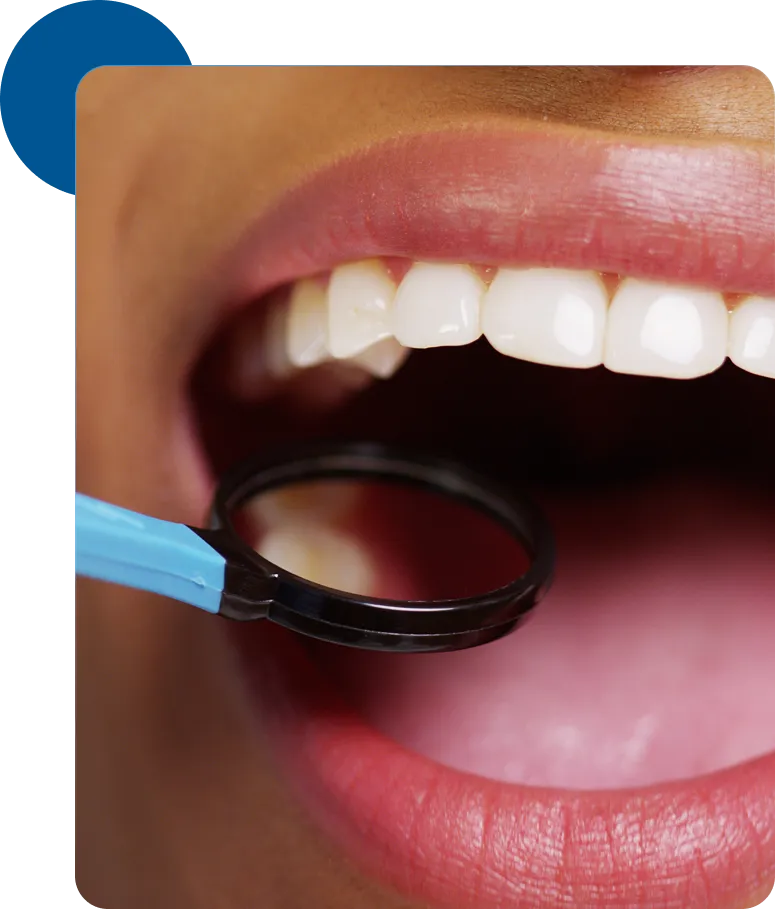Dental Sealants Near You
Dental sealants are a simple and effective way to protect teeth from cavities. These clear or tooth-colored coatings are applied to the deep grooves of molars and premolars, areas where food particles and bacteria often get trapped. Sealants act as a barrier, reducing the risk of tooth decay in these hard-to-reach spots.
While anyone can benefit from sealants, they're most commonly applied to children's newly erupted permanent molars. This early protection helps prevent tooth decay and saves on costly dental treatments later.








